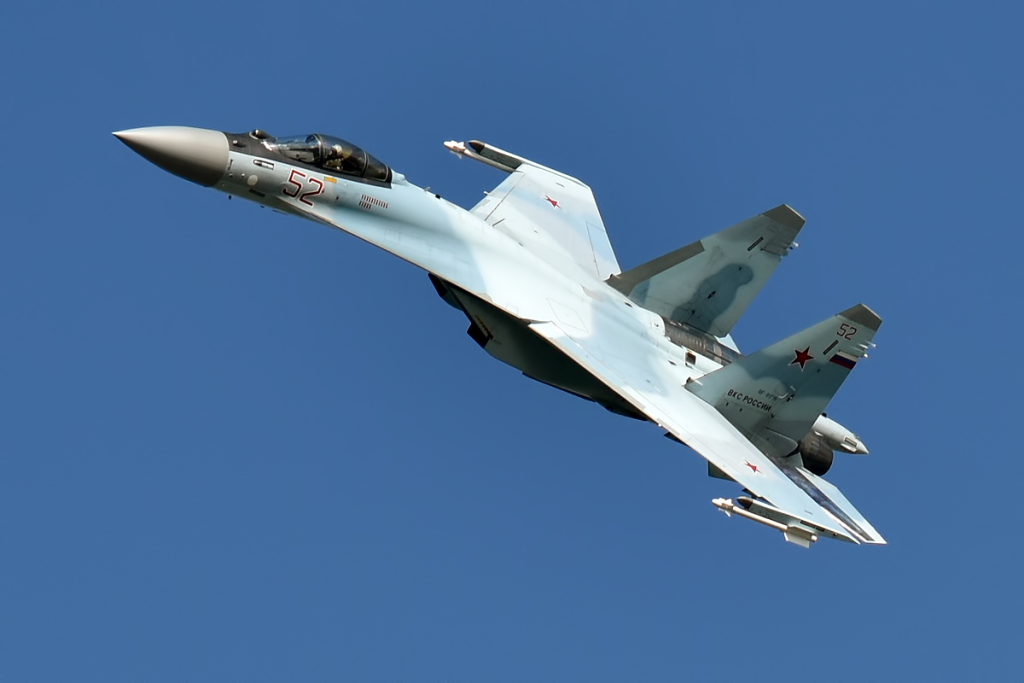
How does a country lose its very best fighter jet five times? The repeated friendly fire incidents involving the Su-35S Flanker M in the brutally contested skies over Ukraine have become a grim symbol of operational strain, technological missteps, and battlefield chaos. These events were not mere isolated accidents but represent symptoms of much deeper systemic issues regarding Russia’s air defense integration, command protocols, and combat environment.
The Su-35S was designed to take on Western aircraft like the F-16 as Russia’s best multirole fighter, but it has been destroyed-not just by enemy fire in Ukraine-but also by defenses of its own. Each incident brings to bear a high state of alertness among air defense networks, electronic warfare interference, and tactical misjudgment. Herein is an itemization of some of the most salient features of these mishaps, jet capabilities, and the greater strategic setting within which this unlikely pattern has unfolded.

1. The Tokmak Incident: A Costly Misidentification
British Defence Intelligence judged with 80-90% confidence that on September 28, 2023, Russian air defenses shot down a Su-35S over Tokmak, only 20 km behind the front lines. Considering Tokmak as a fortified town and a central node for Russian headquarters, its air defenses were always at very high readiness. The increased level of alert, accompanied by Ukraine’s deep-strike campaign, probably contributed to misidentification. The loss was significant, considering that it was only the fifth confirmed loss of a Su-35S since the beginning of the war; these sorts of mishaps are extremely rare and expensive.
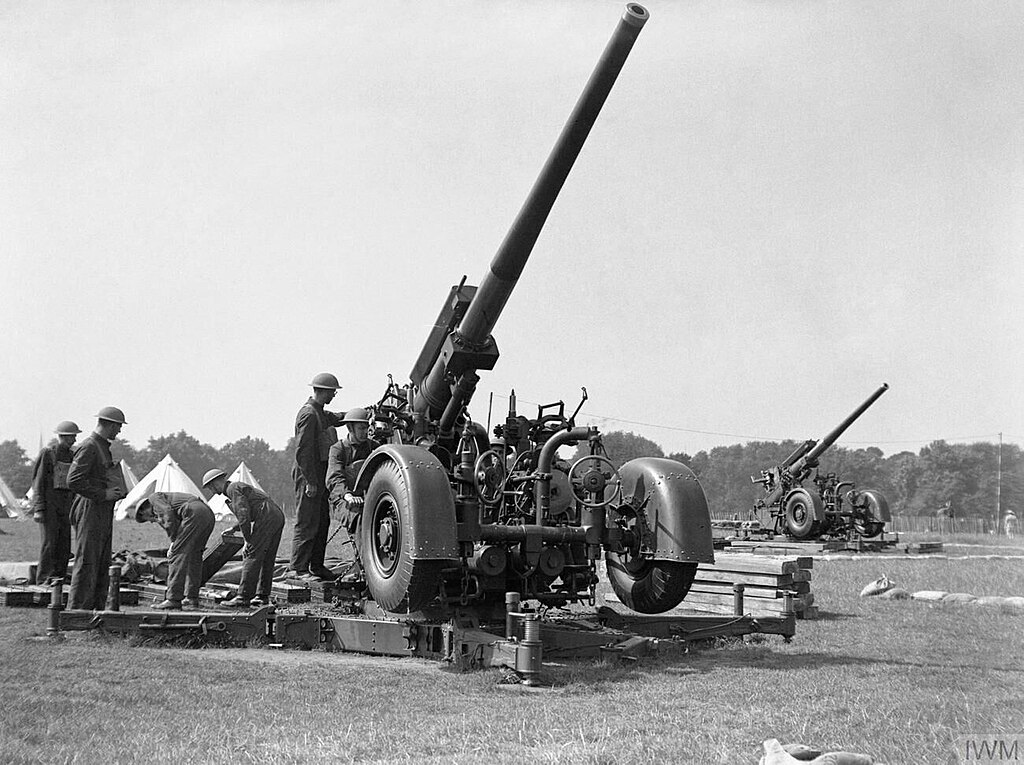
2. High-Readiness Air Defenses: Trigger-Happy by Design
Former RAF commander Gary Bagwell said that the effect of sustained drone and missile strikes is to maintain “an enemy’s air defense network at high readiness and trigger happy.” This environment at least in Tokmak, where unidentified aircraft could expect instant engagement set the stage for Ukraine’s strategy: to create “holes in the overall air defense coverage” and deplete missile stocks, as Lt. Gen. Kyrylo Budanov described, followed by a defense posture primed for rapid fire sometimes at friendly assets.
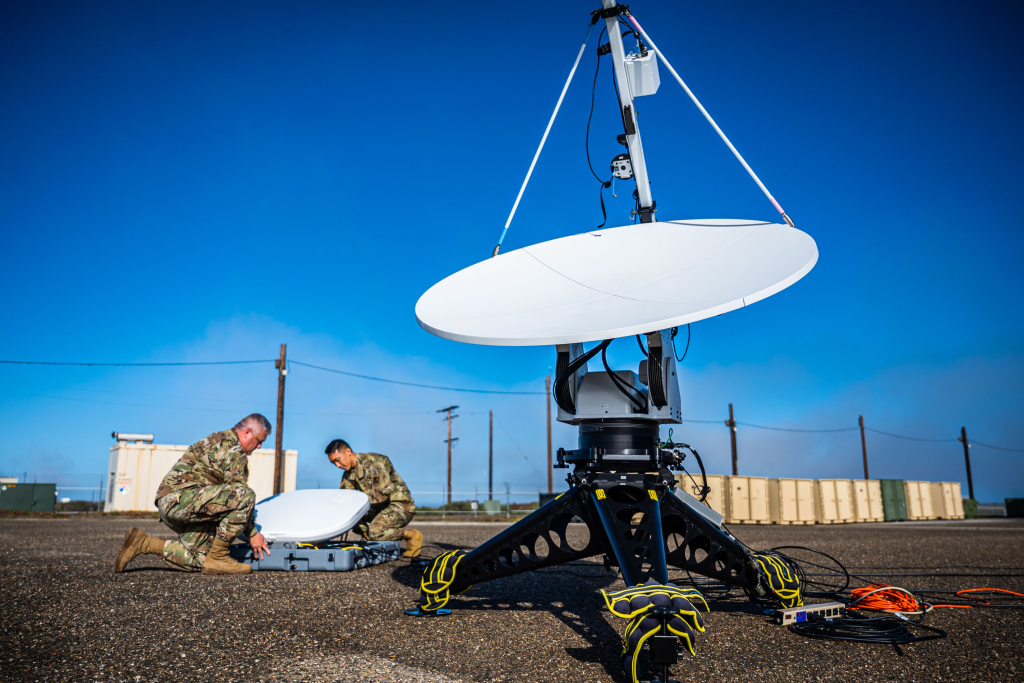
3. Electronic Warfare and Jamming Chaos
Retired U.S. Air Force Colonel Jeffrey Fischer called increased radio frequency jamming one plausible hypothesis behind friendly fire. GPS denial and degraded communications can seriously disrupt aircraft identification, making coordination between the pilots and ground defenses more difficult. In that sort of environment, even advanced IFF systems could fail, making high-value jets into accidental targets.
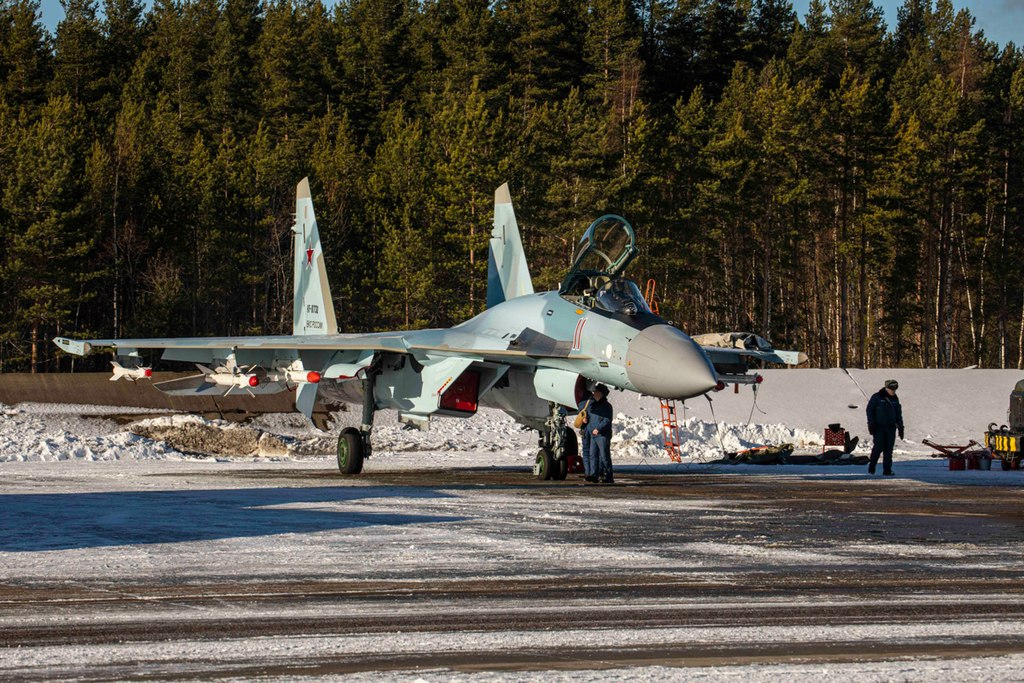
4. The Su-35’s intended role and capabilities
The Su-35S is a modernized Su-27 equipped with fifth-generation avionics, powerful radar, and long-range missiles; it was originally designed to counter Western fighters such as the F-16. It has a top speed of Mach 2.25, boasts a nearly 50-foot-wide wingspan, and includes advanced electronic warfare suites. It initially saw combat in Syria, providing cover for bombing missions, but its deployment near the front lines in Ukraine-in atypical fashion for a fighter that usually operates at a safe distance from the battlefield in Russian doctrine-has increasingly exposed the aircraft to both enemy and friendly fire.

5. Costly Losses in a Shrinking Fleet
The unit price for an Su-35 is estimated at between $43 million and $85 million, depending on the configuration and buyer. Russia has lost some 90 fixed-wing aircraft since February 2022, so every Su-35S lost is a dent in the fleet that won’t be replaced anytime soon. At least five Su-35S losses have been visually confirmed by open-source tracker Oryx, although the number of actual losses is potentially higher.
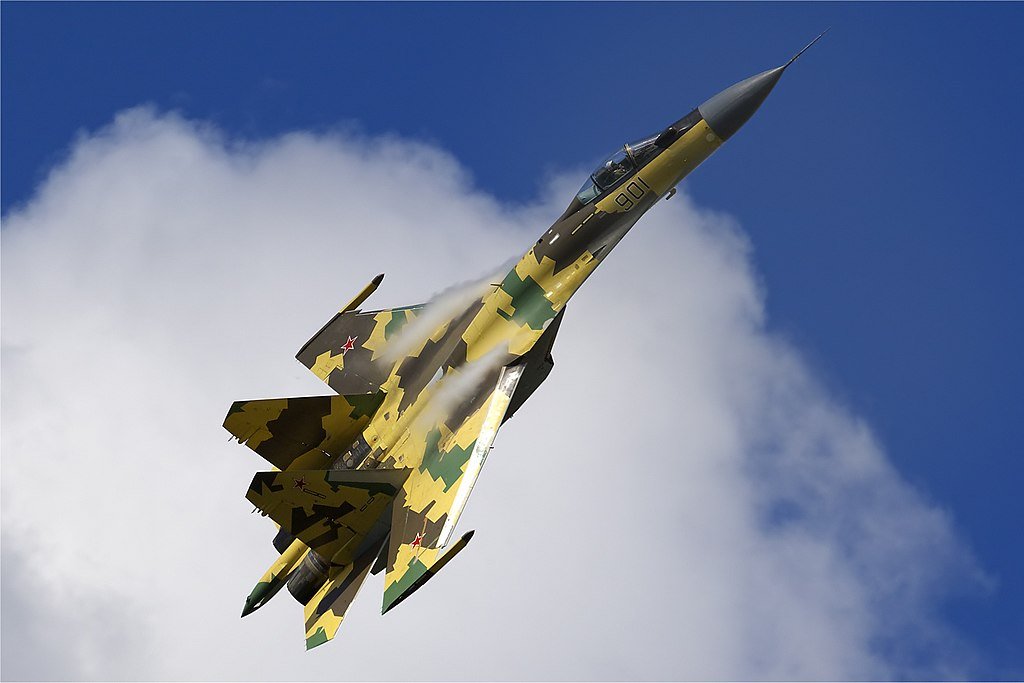
6. Repeated Incidents: A Pattern Emerges
Just eight days later following Tokmak, reports said that another Su-35 was shot down by Russian defenses in Mariupol. Military blogger Fighterbomber said on Russian social media, “At this rate. we will soon be left without aviation.” That kind of frequency points to systemic flaws in deconfliction procedures between air and ground units, further exacerbated by the stress of operating in highly contested airspace.
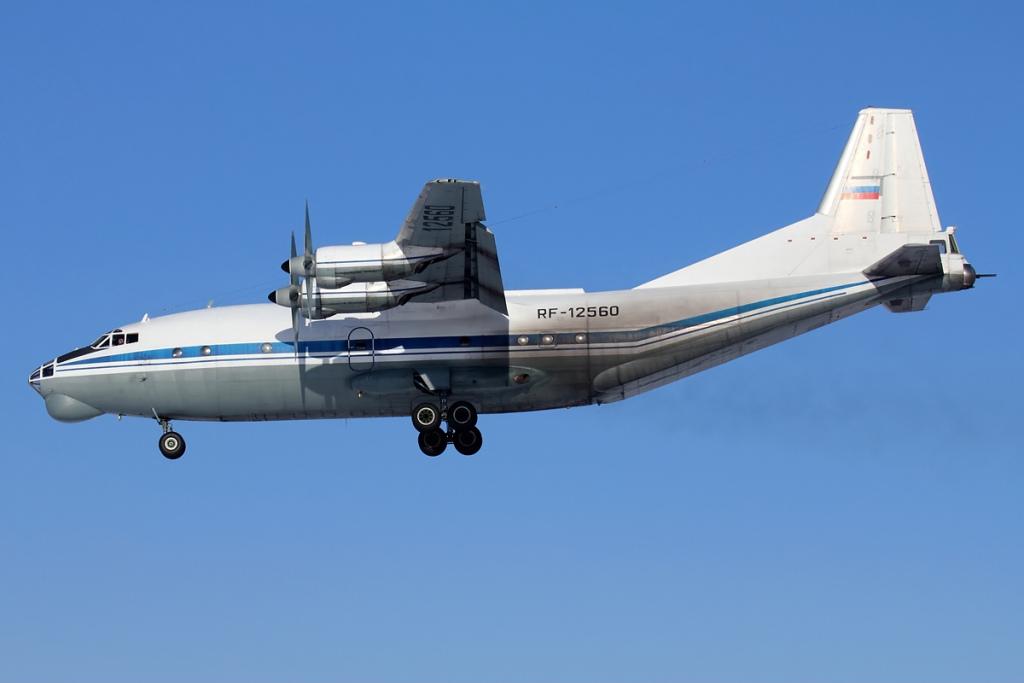
7. Friendly Fire Beyond Fighters
Su-35s are not the only examples: In January 2024, a Russian warplane accidentally dropped a missile on Petropavlovka in Voronezh region, destroying homes. More than one fifth of Russia’s known, manned aircraft and helicopter losses since February 2022 have been self-inflicted, according to Newsweek’s analysis. That statistic points to broader operational and technical issues inside Russia’s Aerospace Forces.
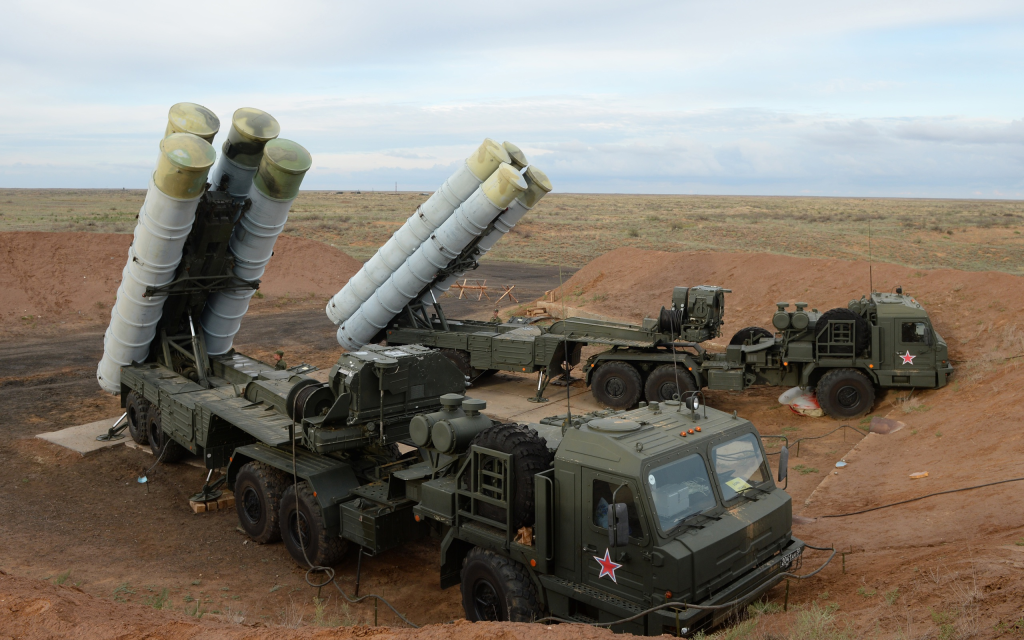
8. Ukraine’s role in shaping the risk
It has been forced to maintain air defense systems at a high degree of readiness due to continued Ukrainian strikes, using drones, missiles, and electronic warfare, making the likelihood of misidentification of friendly aircraft greater. While saturation of defenses and exploitation of coverage gaps indirectly increases the chances of friendly fire incidents, Ukraine has turned Russia’s own systems into liabilities.

9. Strategic Implications for Air Superiority
Jordan Cohen from the Cato Institute said that throughout this whole period, neither side has secured air superiority because of strong deployments of air defenses. For Russia, not being able to safely fly advanced fighters close to the front erodes the Su-35’s purpose as a counter-air asset. For Ukraine and its allies, these incidents expose how even the most advanced platforms have specific vulnerabilities when coordination of integrated air defense systems breaks down. Russia’s repeated friendly fire losses of Su-35S fighters are more than embarrassing they are strategically damaging. Each incident erodes combat capability, wastes scarce resources, and exposes weaknesses in air defense integration under high-pressure conditions. For military analysts, these events underline the importance of robust identification protocols, adaptive command structures, and the risks from contested electromagnetic environments. In modern warfare, technological superiority means little if coordination fails and in Ukraine’s skies, that failure has proved costly for Russia.


